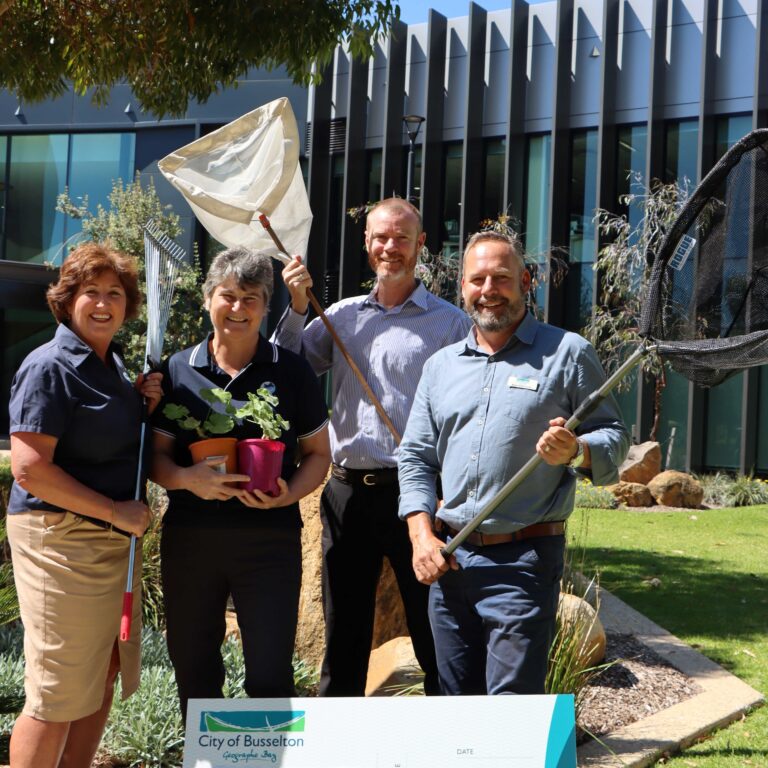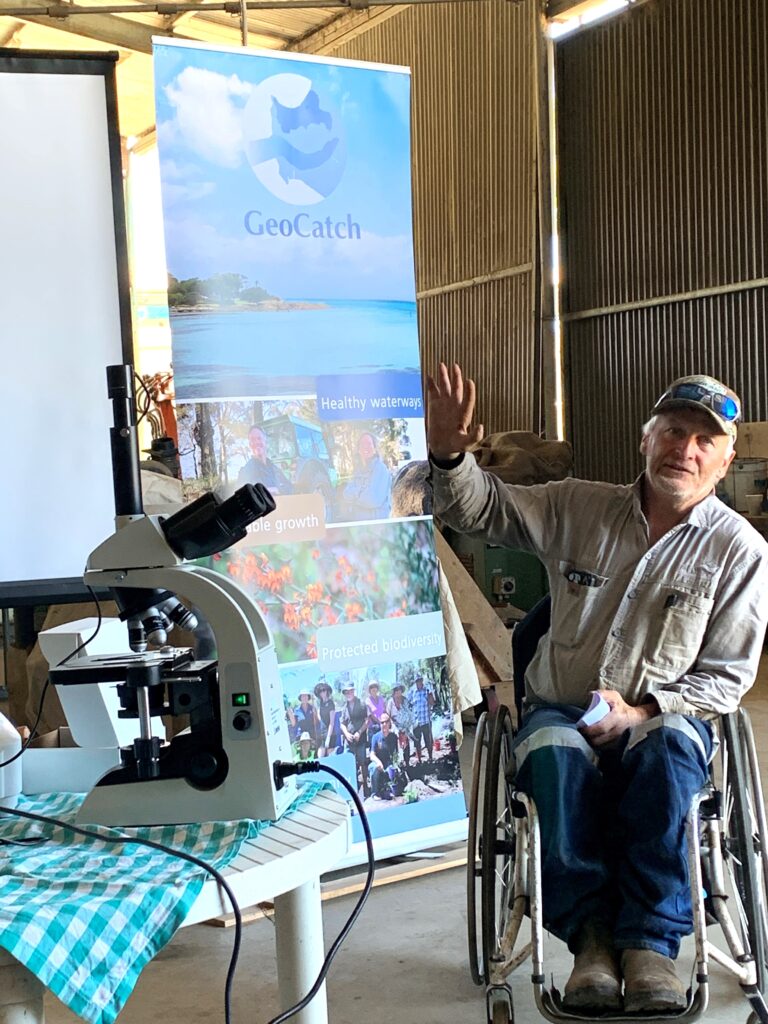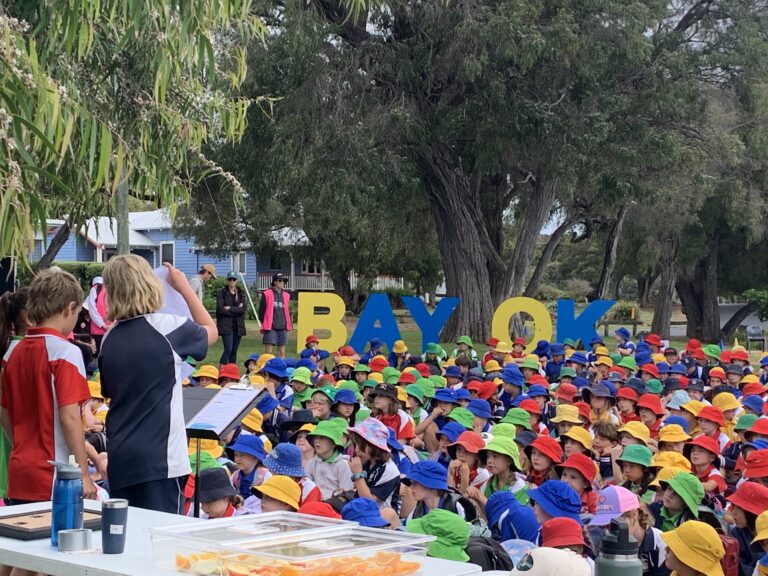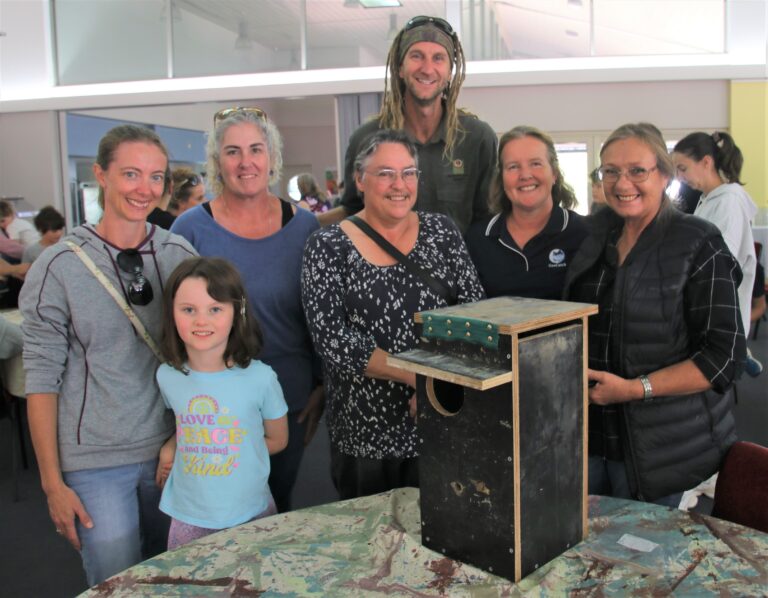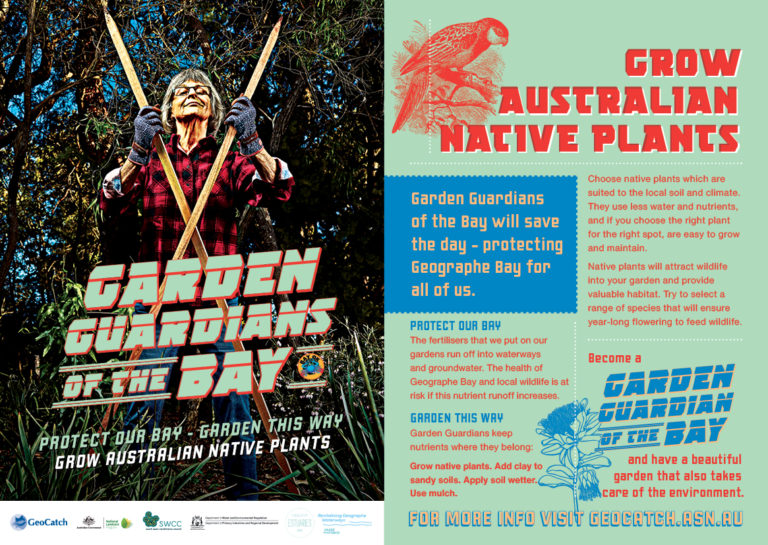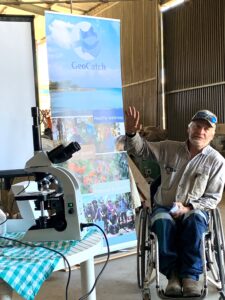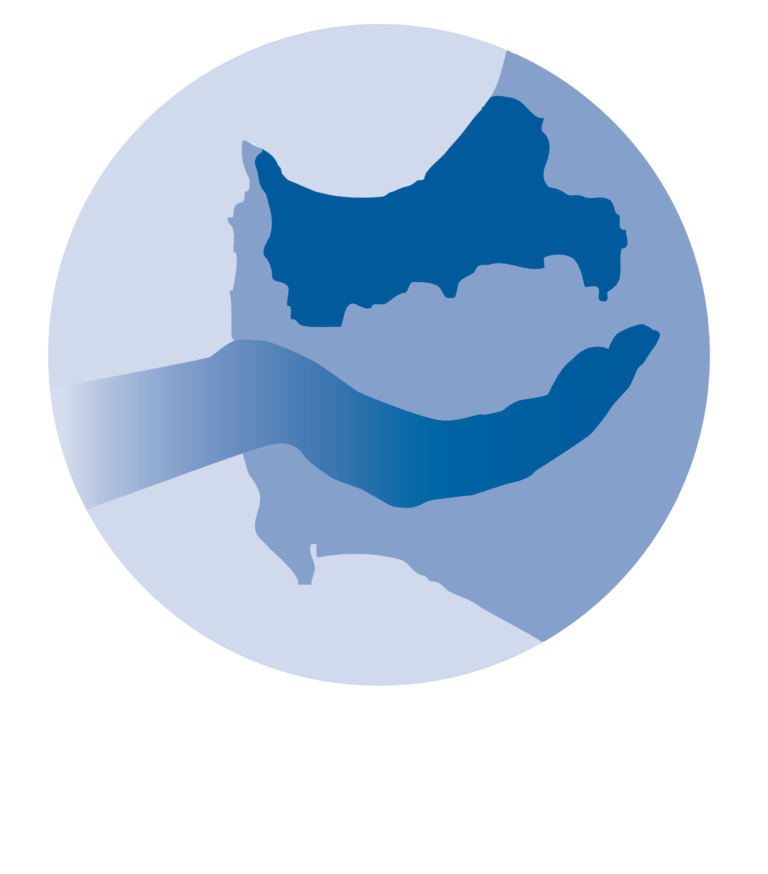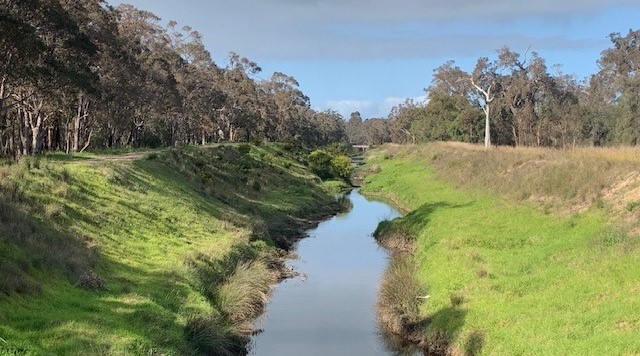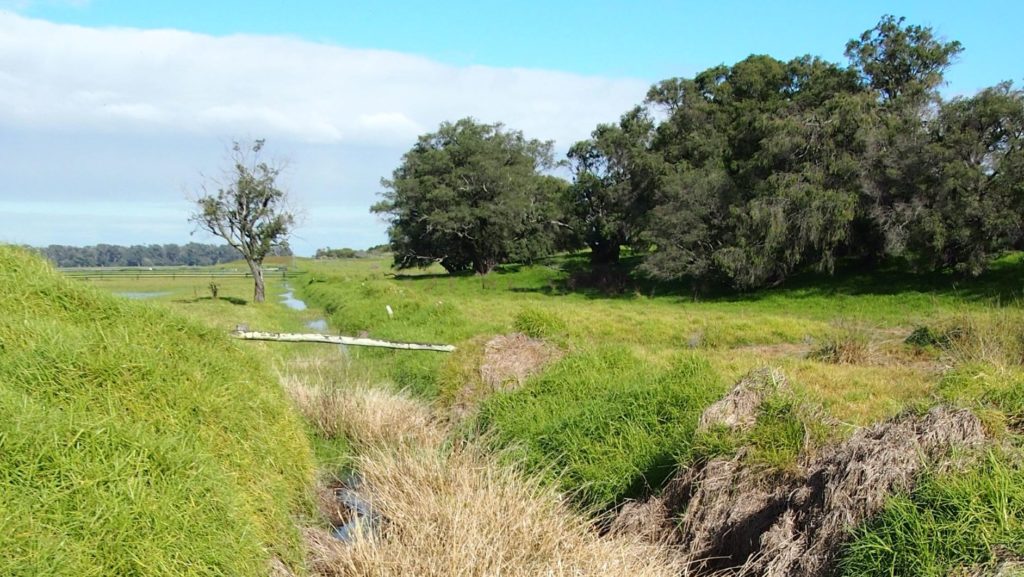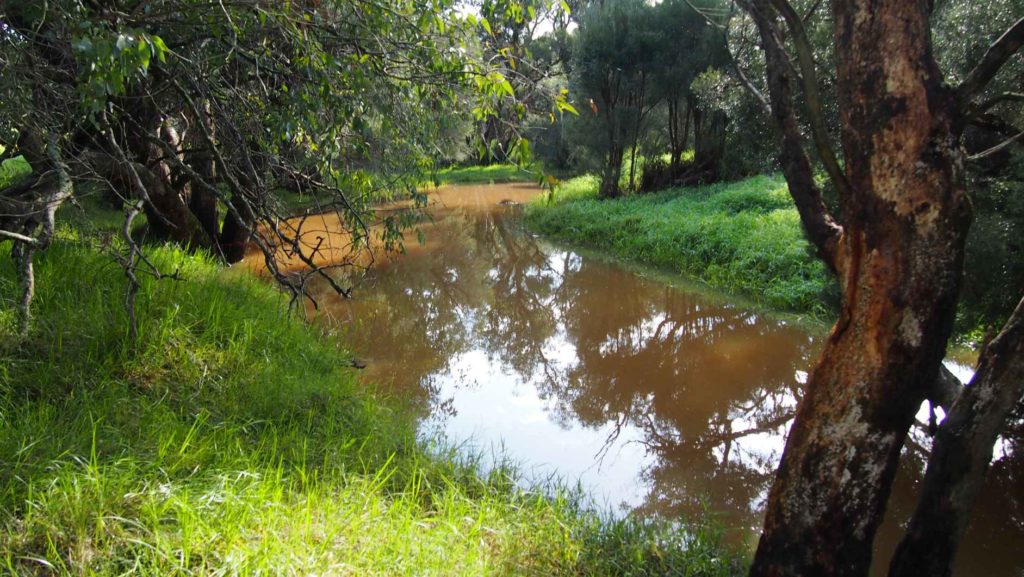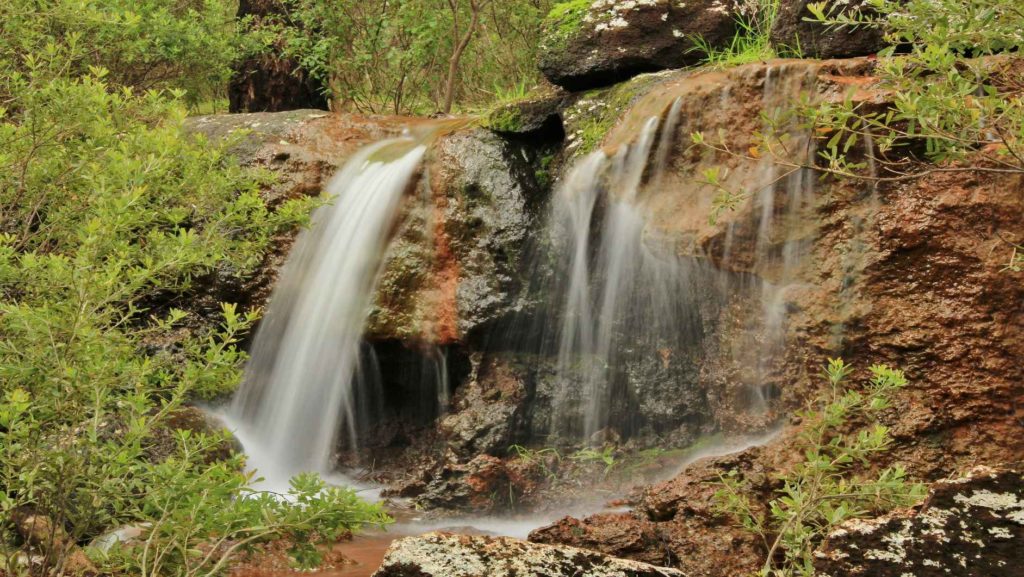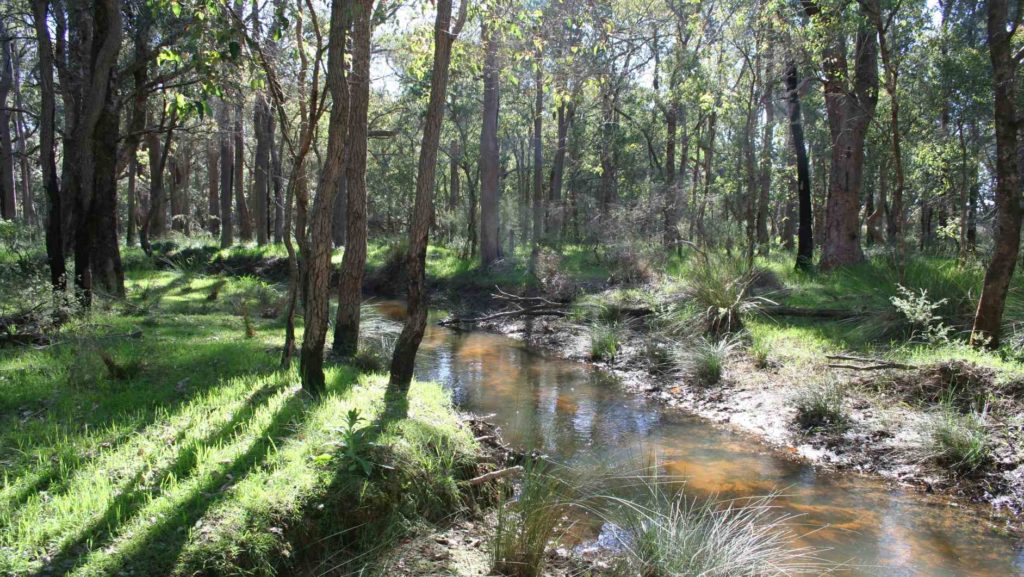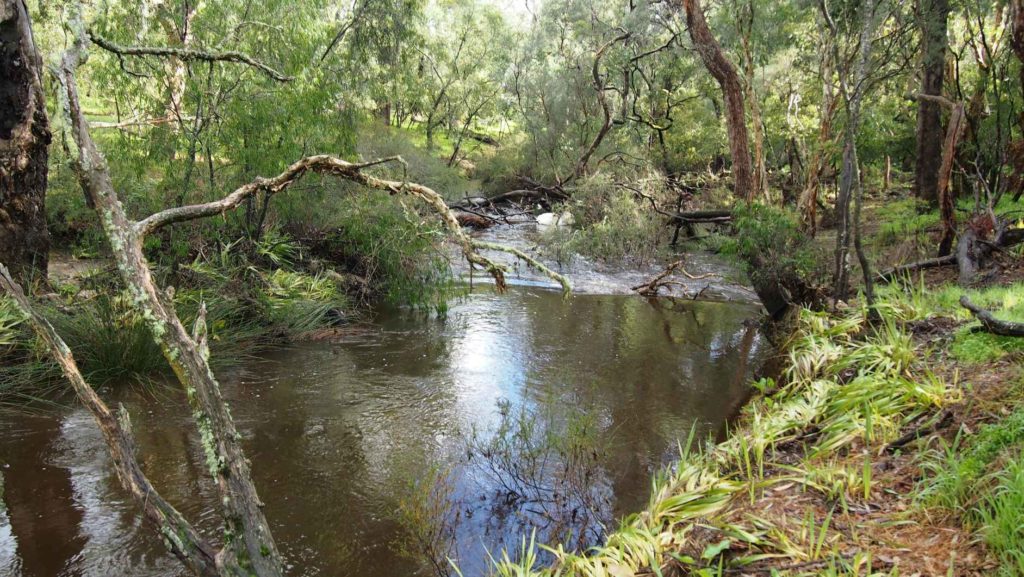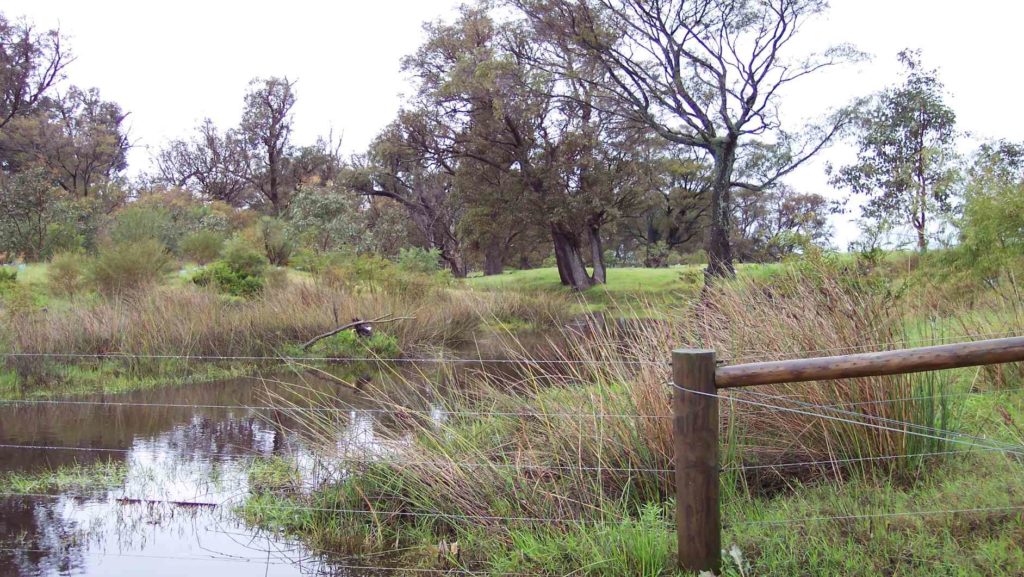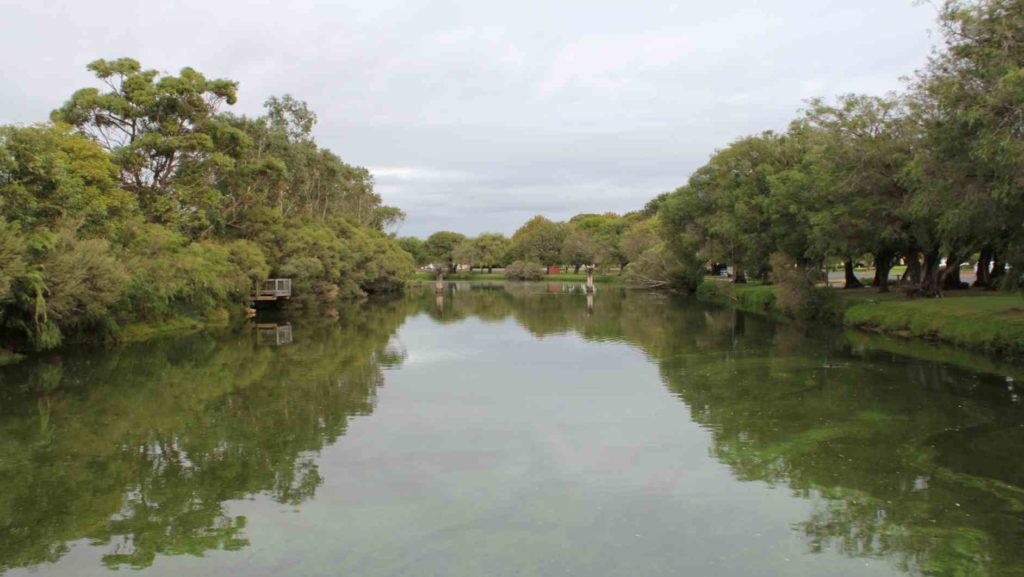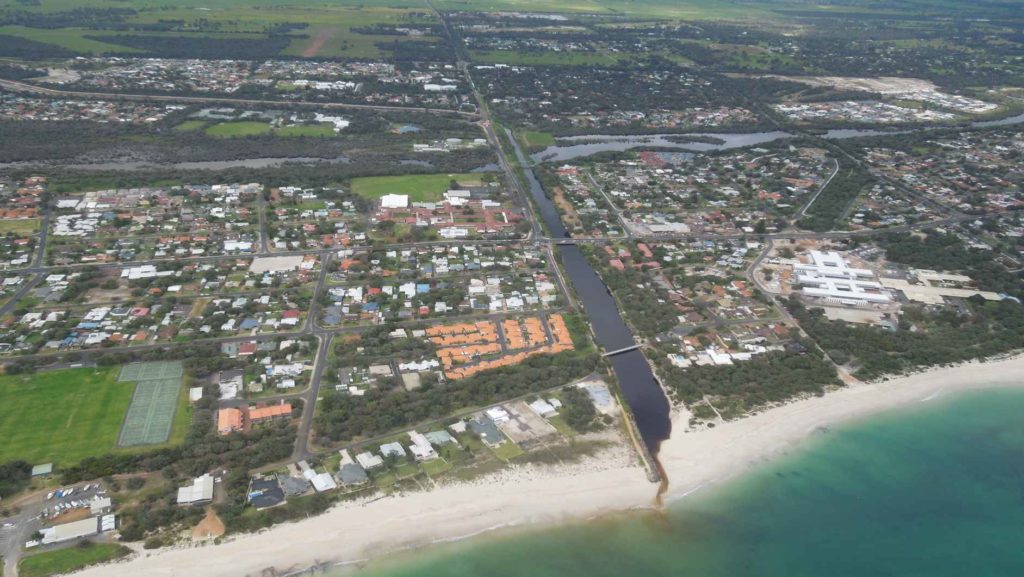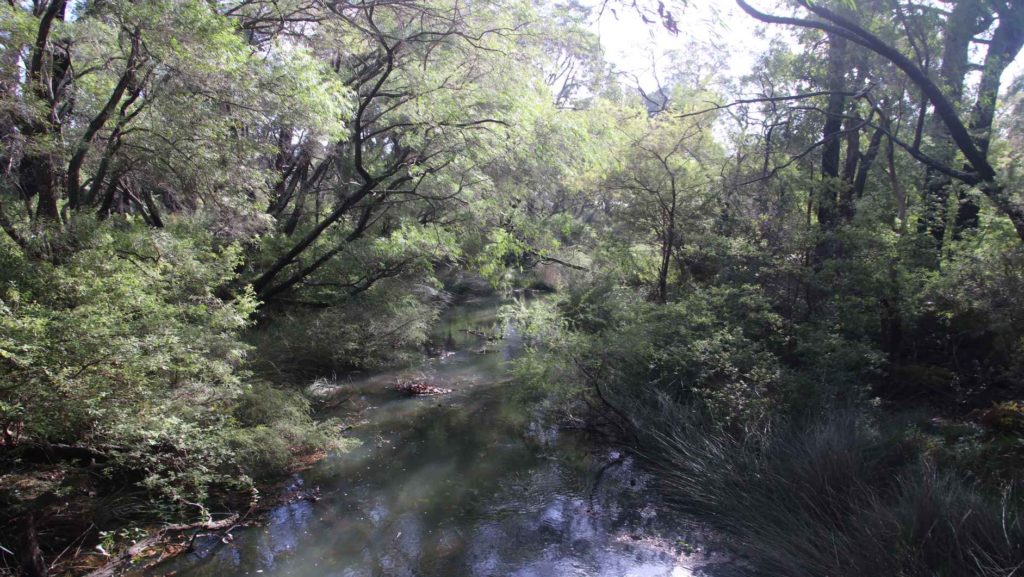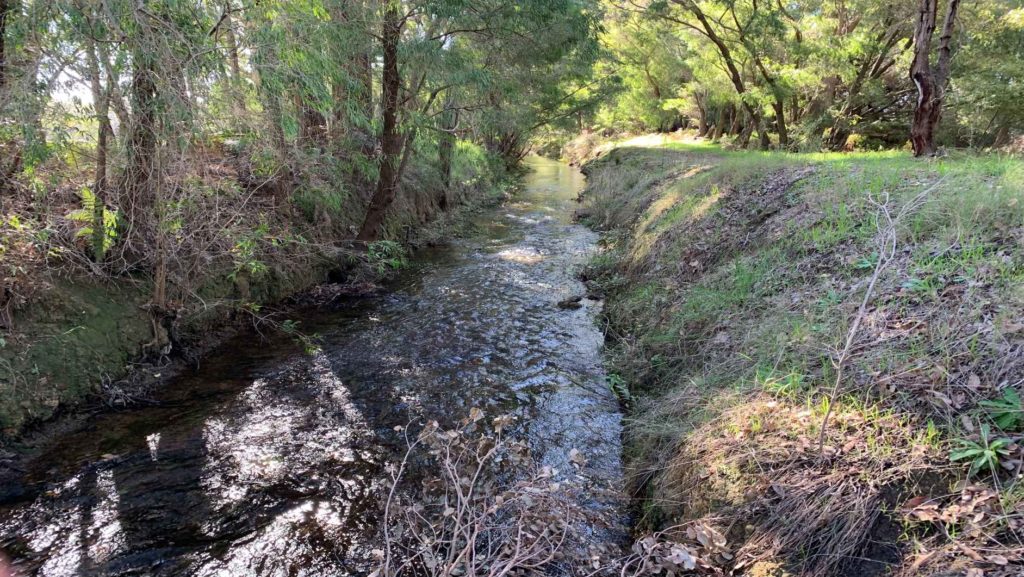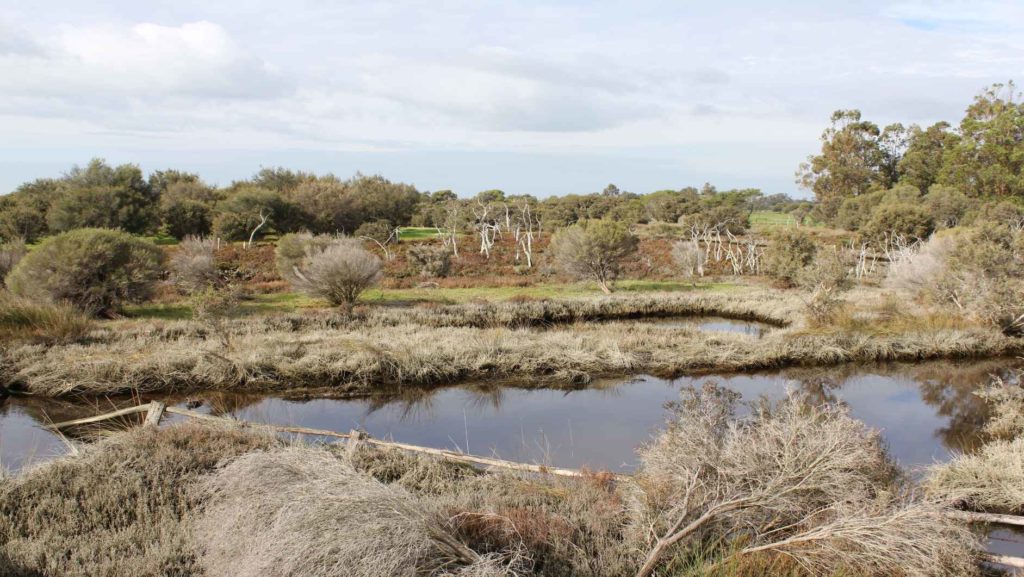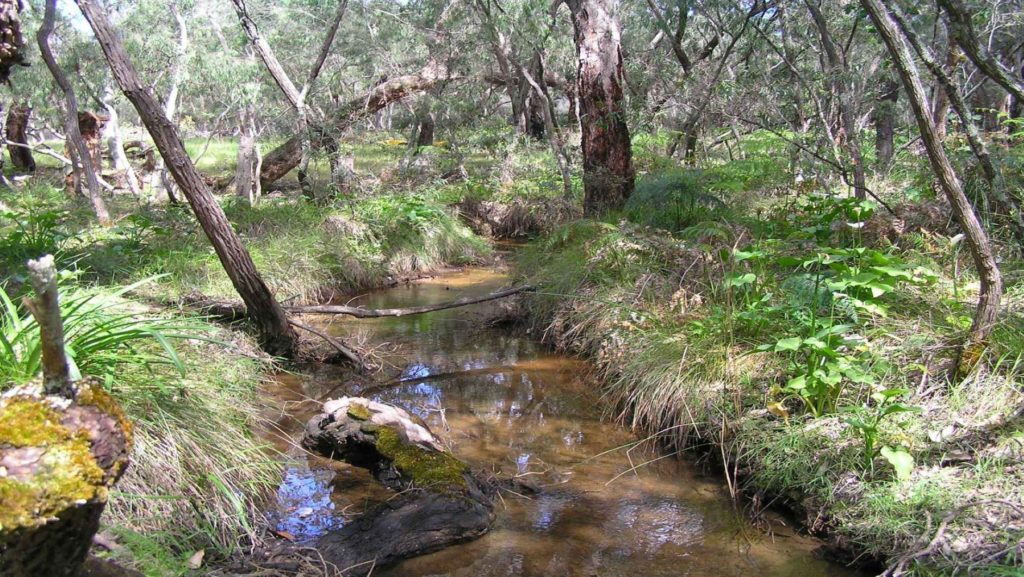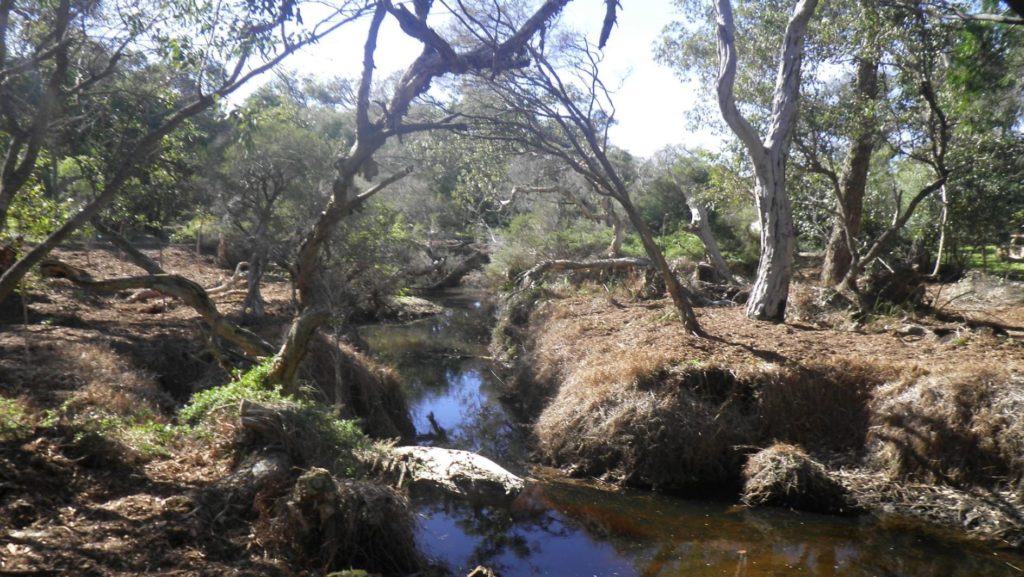The winter solstice has now passed and the lengthening days signal our plants to start growing. So, what should we be doing in our gardens this winter?
We have received a reasonable amount of rain in June and July, but it is still less than the long-term average for the South West. This means that your garden may have received less water than it is accustomed to during winter. Your garden plants will not stress from moisture loss while it is cool, but their growth may be impacted. Keep an eye on the soil and apply soil water if needed. If you have built up your soil with clay and maintained a good mulch layer, it should retain a high moisture content despite the lower-than-average rainfall.
The Noongar season of Djilba (August – September) is a transitional time of year and the start of mass flowering across the South West bushland areas. To make the most of this flowering period and prepare for warmer weather, you can now apply soil wetter, add clay and compost and a generous layer of mulch.
Adding clays and compost to your beds will prepare the soil to retain moisture and nutrients in the root zone where they can support plant growth. Replenishing the coarse, chunky mulch layer will protect the soil microbiology from the winter cold and stop those weeds from appearing. If you use up all your compost, it is a great time to make up a fresh batch of homemade compost so it’s ready to use in early summer plantings.
Keep an eye on general plant health and growing conditions. If plants are not thriving, do not be afraid to reconsider plant type, positioning and soil structure and move plants or start again if you need to. The right plant should thrive in the right place under the right conditions. Removing weeds can also improve airflow around plants and reduce the competition for soil nutrients. There are no mistakes in the garden, it is all part of the fun and learning of how your unique patch thrives.
Just because it is winter does not mean your garden needs to be dull and colourless. Native plants are not only for dry, hot conditions; many are winter flowering and can be used to create stunning and colourful displays throughout winter and attract birds and insects to the garden with their habitat and food supply. There are plenty of winter flowering Australian Natives to choose from to keep your winter garden bright – check with the local community nursery for suggestions suitable for your area.
For more information go to the Bay OK Gardens page on geocatch.asn.au . The Bay OK garden project regularly holds garden workshops to promote garden actions that protect Geographe Bay and the waterways and tributaries that flow into it. Garden Guardians of the Bay | GeoCatch
This project is funded by the Australian Government and is part of Healthy Estuaries WA and Revitalising Geographe Waterways. These State Government initiatives aim to support the long-term health of our south-west waterways.


